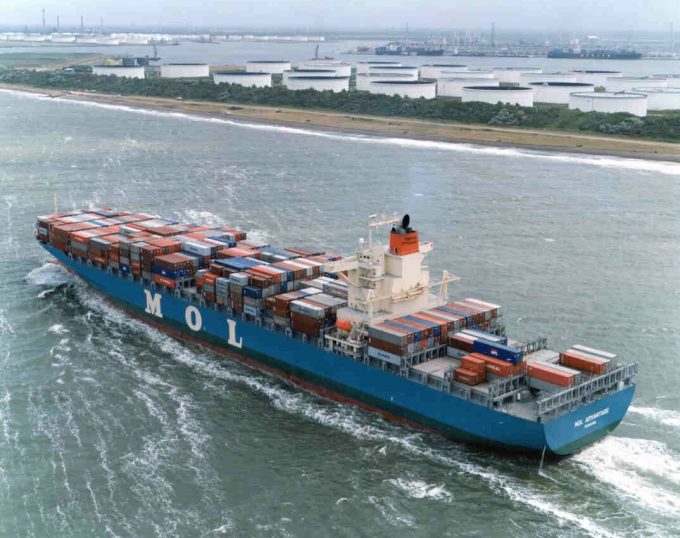'Solid' half-year performance at K+N was offset by weakening US dollar
A steep drop in the value of the US dollar against the Swiss franc since ...

Japan’s MOL said today that it is forecasting a massive $1.45bn loss for its fiscal year ending 31 March, after deciding to take the full hit of its dry bulk and container shipping restructuring into its fourth-quarter results.
It said that it wanted to “address the ...

Comment on this article